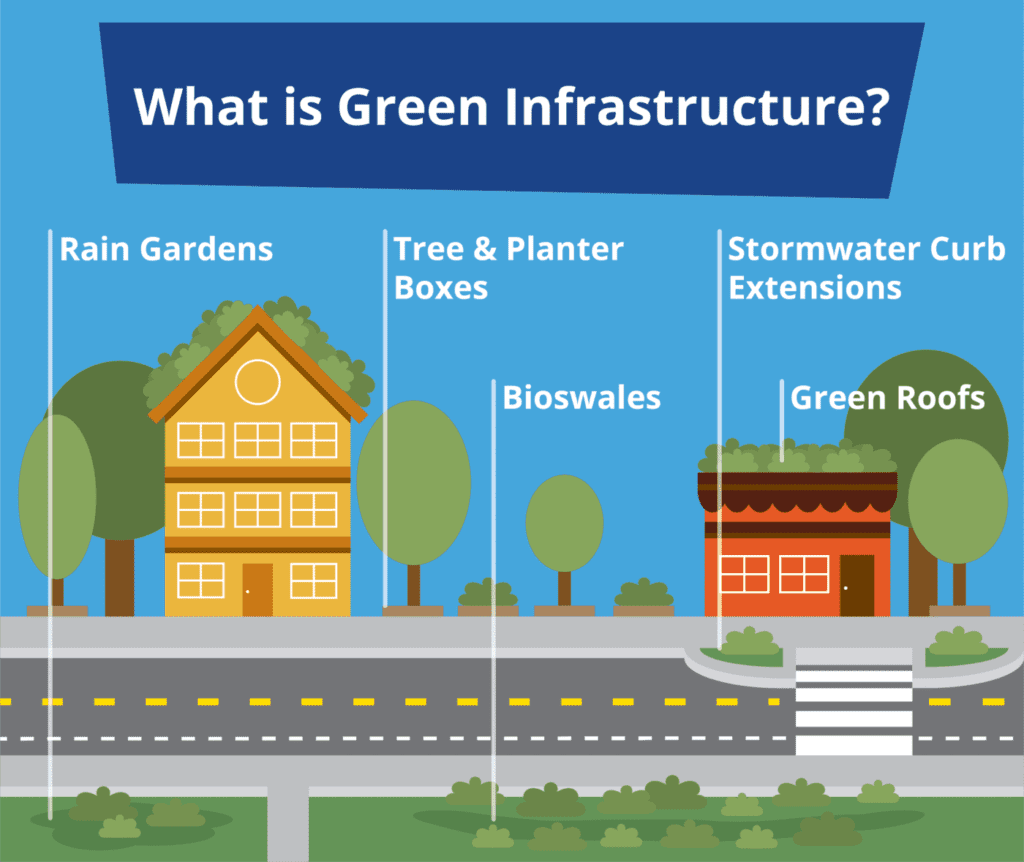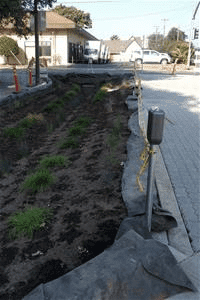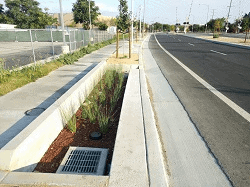Lea este “Bay Story” en Español →
Over the past few years, the signs of our rapidly warming climate have manifested in ways impossible for anyone to ignore. Bay Area residents have been subjected to weeks of smoky skies, poor air quality, and intense heat, and soon increased flooding from storms and sea level rise will become the new norm.
Some local cities have shown great leadership in reducing our region’s contribution to the climate problem. San Jose in particular has adopted an ambitious plan called Climate Smart San Jose that makes the city a trailblazer in cutting carbon emissions. While plans like these are essential to mitigate the impacts of climate change, many of the effects are already on our doorsteps and won’t leave any time soon. As we move into this tumultuous future, cities like San Jose need to go beyond mitigation, and immediately implement strategies to adapt to the climate impacts that are already here. These strategies must center equity, ensuring the communities most vulnerable to climate impacts are resourced and resilient in the face of climate change.

Luckily, we know that nature-based solutions like urban greening provide effective and necessary climate adaptation strategies that cities can deploy now.
San Jose is low-lying and vast. Increased precipitation and sea level rise will lead to more frequent large and moderate flooding events, leaving many communities vulnerable. Rising temperatures also threaten residents with scorching urban heat island effects. As temperatures increase, expanses of blacktop pavement and concrete retain heat and raise city temperatures beyond healthy levels.
That’s why we are advocating that San Jose employ multi-benefit urban greening to make the city more resilient to climate hazards and protect its communities in an equitable way.
Adding green elements like trees, planter boxes, and other nature-based elements to create green streets better manages the impacts of flooding and improves water quality in the Bay by letting stormwater be naturally absorbed and filtered through the soil. Replacing sections of concrete and blacktop with urban vegetation also protects residents from high temperatures and improves air quality.


Urban greening elements can enhance these plans, making streets safer and more appealing all while improving the city’s climate resilience. The urgency for these complementary approaches has become more apparent since 2020, when COVID-19 travel restrictions during the height of the summer heat increased awareness among San Jose residents, and across the Bay Area, about the need for green, walkable neighborhoods.
How do we make this happen?
First, San Jose’s City Council needs to endorse urban greening as a climate resilient vision for the city’s future. Then, the city should create a comprehensive implementation strategy to deploy urban greening and ensure that these benefits are distributed equitably. Implementing urban greening in areas of greatest need will help communities build resilience to climate impacts. Finally, urban greening should be integrated with other roadway and neighborhood development plans like the bike and pedestrian safety plans and urban villages. Climate Smart San Jose should incorporate urban greening and other nature-based adaptations in addition to its current mitigation strategies. This cross-functional integration of urban greening will allow San Jose to efficiently align its design and construction processes, compete for state and regional funding, and realize the maximum community benefit at the lowest cost to San Jose residents.
The effects of climate change are more visible now than ever before. California is consumed by wildfires and drought each summer, temperatures are steadily rising, and rising sea levels threaten Bay Area communities. Adapting to climate change is no longer an option; city leaders must begin to focus on climate resilience solutions. Urban greening offers one of the most effective, multi-benefit ways for San Jose to prepare for the new reality of a changing climate, protect residents and businesses, and make the city a more appealing place to live, work, and play.

















































